Why Do Pilots Make So Much? - An In-Depth Look
Mar 10, 2025
Pilots are paid so much due to several key factors: high demand for qualified professionals, long training and education, strict health requirements and the huge responsibility they carry.
As air travel increases and the aviation industry is facing a perpetual pilot shortage, airlines are willing to pay more to attract and retain talent. This article breaks down the various reasons why do pilots make so much.
Key Takeaways
-
The aviation industry is short 120,000 pilots in North America over the next 20 years, so salaries are competitive.
-
Becoming a commercial pilot requires long training, big financial investment and meet strict health requirements but offers high earning potential to offset those costs.
-
Pilot salaries grow with experience and the job offers great benefits, bonuses, profit sharing and international positions that are lucrative.
High Demand for Qualified Pilots
The aviation industry is facing a pilot shortage due to multiple reasons. As the number of air travelers increases, there’s a bigger demand for pilots.
With more passengers, airlines need to expand their fleets and launch new routes which means more competition for pilots and highlights the urgent need for new blood in this field.
Adding to this need are the mass retirements of veteran pilots reaching the twilight of their careers. The departure of these seasoned flyers forces carriers to look for replacements ASAP and that creates a big gap in their ranks.
A projected shortage of 24,000 pilots by 2026 in the US alone shows just how important it is for new talent to get in the industry soon.
Looking ahead to the next two decades specifically 20 years – the North American aviation landscape will need around 120,000 new pilots.
Boeing says this shortage will be long term as companies will be fighting for good pilots. So salaries will skyrocket. These increasing salaries prove not only the importance but also the recognition given to pilots in the air travel business today.
Extensive Training and Education
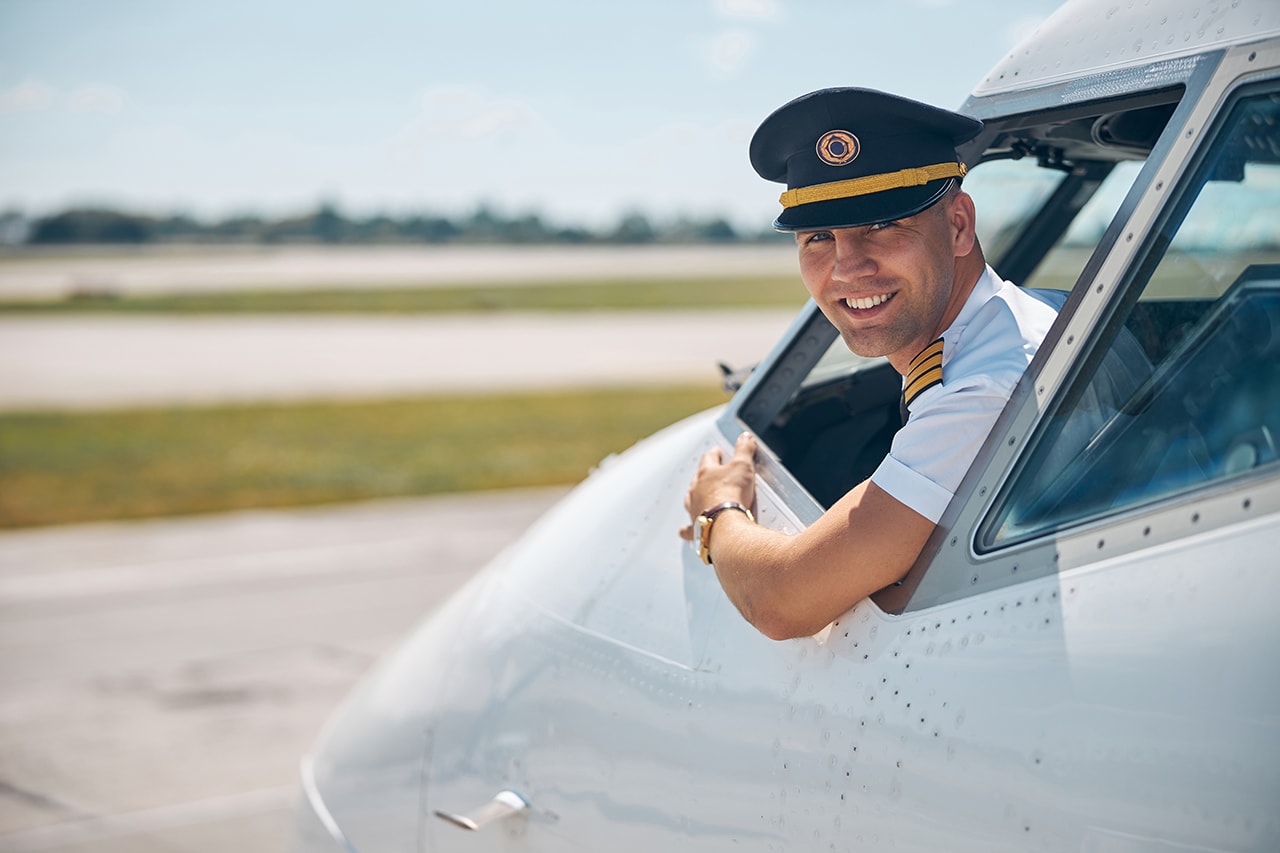
Becoming a commercial airline pilot means extensive education and training. This rigorous training prepares pilots for the many tasks of flying and associated duties in commercial airlines.
Airline pilots in training must get a private pilot certificate which can be done in as little as 2 years. With the current pilot shortage, flight schools are getting more admits and thus making their programs more accessible and affordable for those who want to become a commercial airline pilot.
Long training hours
To get a Commercial Pilot License, one must go through long training, log many hours of flight and meet strict safety standards. The rule that requires 1,500 hours of flight experience for First Officers is in place to ensure pilots have enough experience before flying commercial planes.
Once licensed as a commercial pilot, the individual must undergo training specific to the airline’s fleet of aircraft. This ongoing education involves regular simulation exercises and practice of emergency procedures which is essential to maintain their flying skills and prepare them for all scenarios.
Expensive training programs
Becoming an airline pilot is a big investment, with flight training costing over $116,000. This is why education standards have to be high and preparation thorough.
Pilots to be needed to choose a good flight school with experienced instructors. Agreements with Daytona State College and Purdue Global allow students to apply their flight training credits towards their education and save money and time.
While the initial cost to become a commercial airline pilot is high, the pay in the industry can justify this over time and make the investment in your aviation education worth it.
Stringent Physical and Mental Health Requirements
Pilots must meet strict physical and mental health requirements to fly safely and efficiently. Medical exams are done every 6 months to 5 years depending on age and type of flying. Vision, hearing, heart and overall fitness are checked.
To maintain a Class 1 Medical, you must live a healthy lifestyle, no smoking and no drugs, limit alcohol and get enough rest. Mental health is also key, conditions like psychosis and bipolar disorder disqualify you from flying. The FAA encourages treatment for manageable conditions to support pilot mental health.
Fatigue and jet lag are common for pilots due to irregular hours and rapid time zone changes. Airlines have regulated rest periods to help pilots recover and stay alert. Developing a routine sleep schedule also helps to manage these challenges.
High Responsibility and Risk
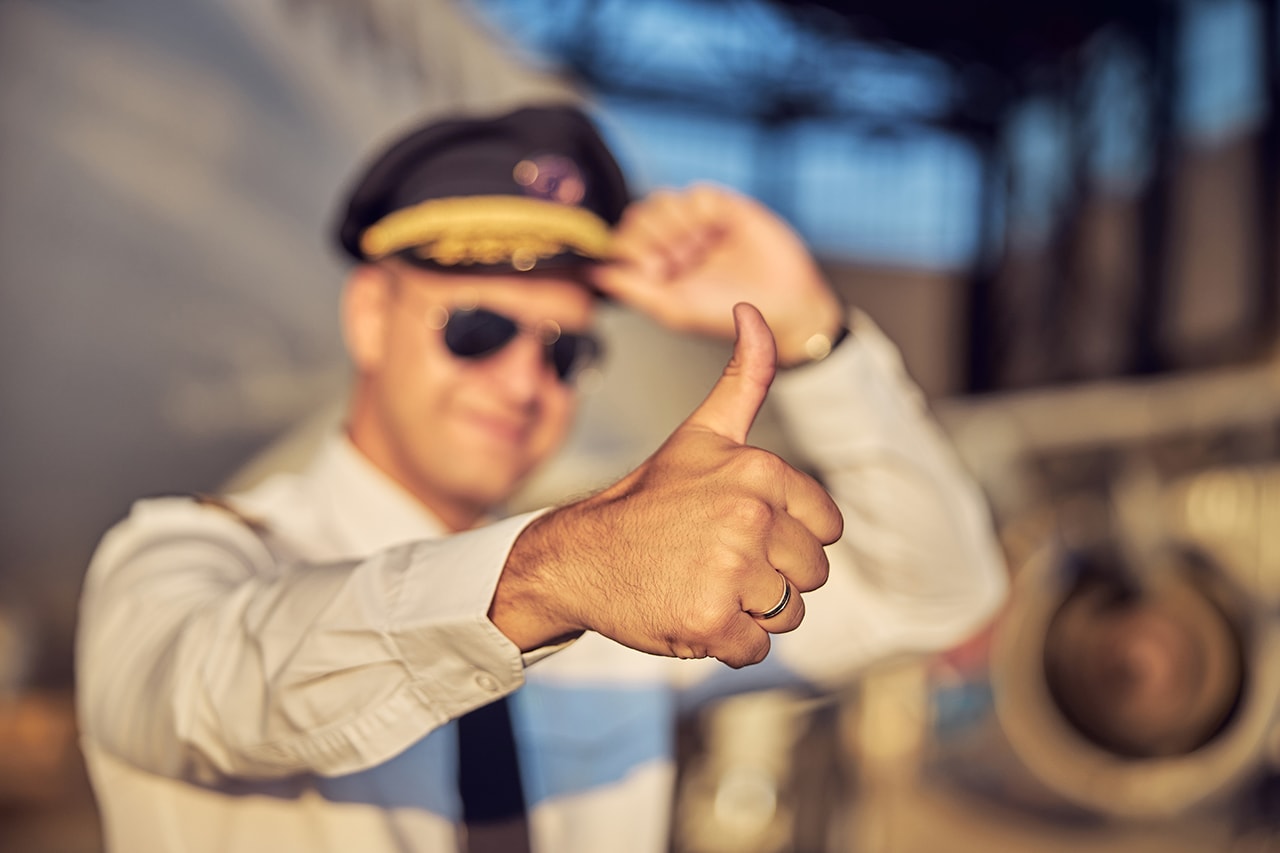
Pilots are responsible for the safety of passengers and crew and operate in an environment where a high stakes requires calmness and command of all situations. Errors can have serious consequences so there is a huge pressure to get it right and follow procedures to the letter.
Managing emergencies
In an emergency pilots need to make quick decisions based on their theory and practical experience. They are trained to handle high pressure situations through training and simulation exercises to make quick decisions that can save lives.
Zero margin for error
In aviation there’s no room for mistakes so every action has to be perfect. The safety of passengers and crew depends on pilots making good decisions which means stringent training, following procedures and proficient air traffic control to standards.
Complex Aviation Laws and Regulations
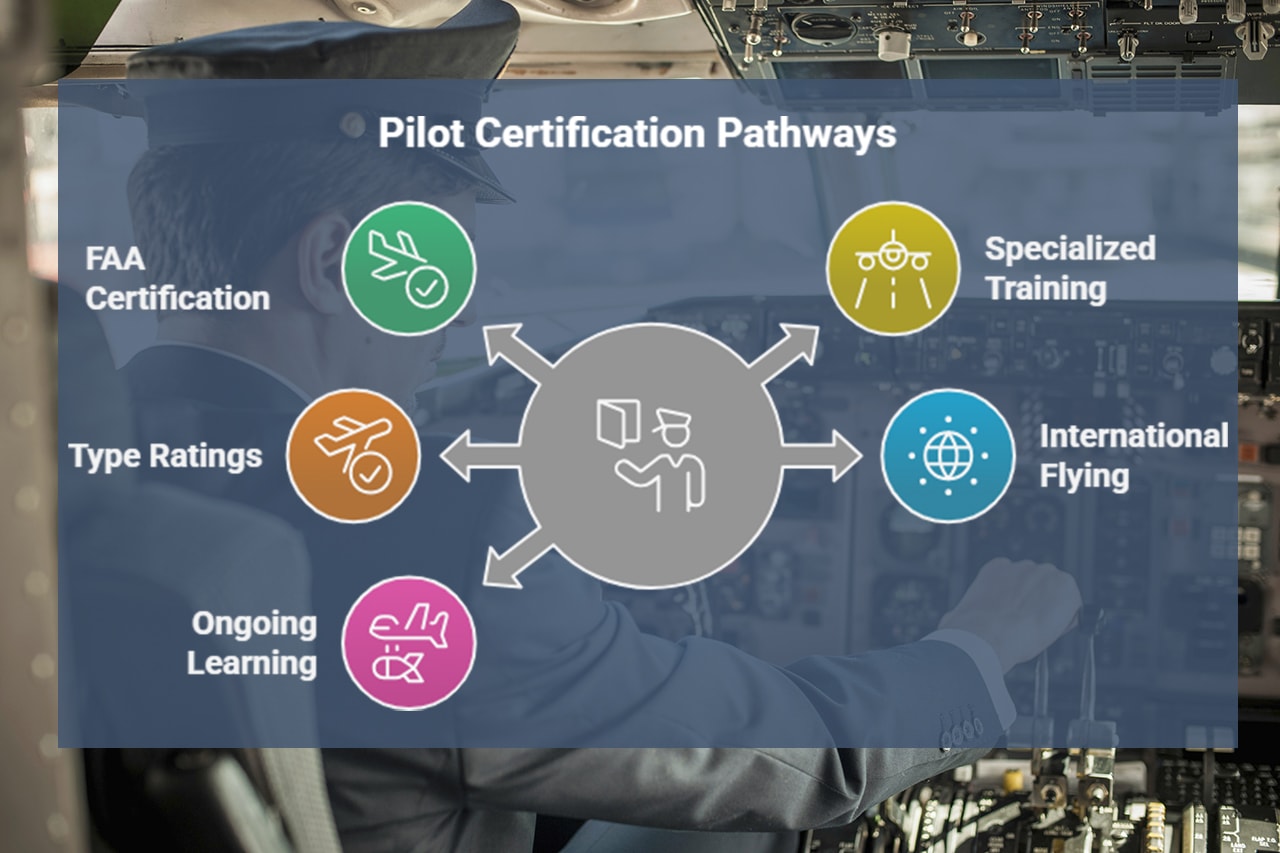
Pilots have to navigate a web of aviation laws and rules. To be a commercial airline pilot you have to get certified by the FAA and go through training programs which may include an aviation degree.
Once you get your commercial pilot license you then go through specialized training for the specific aircraft used by your airline and may need additional certifications like type ratings for specific models like the Boeing 737.
FAA licenses and ratings are recognized worldwide so pilots can fly internationally in countries that accept these qualifications. This universal acceptance means pilots have to meet strict criteria to navigate different regulatory frameworks around the world.
To keep up with these regulations requires ongoing learning and adaptability as aviation legislation is always changing. So being an airline pilot means constant updates on new mandates and procedures this is a career of continuous learning and awareness.
Unpredictable and Demanding Schedules
Pilots have tough schedules that include late nights, weekends and holidays. They’re often away from home for extended periods and miss out on family occasions and important celebrations which can put a strain on their personal relationships.
Despite these tough demands, pilots get high salaries to compensate for the personal sacrifices they make. On top of that, they get long breaks about 2 weeks a month which brings some balance to their lives outside of work.
These long intervals in between working stints give pilots time to recharge and spend precious moments with loved ones. The pattern of intense duty time followed by generous break time is the life cycle of a pilot.
Competitive Salaries Across Different Airlines
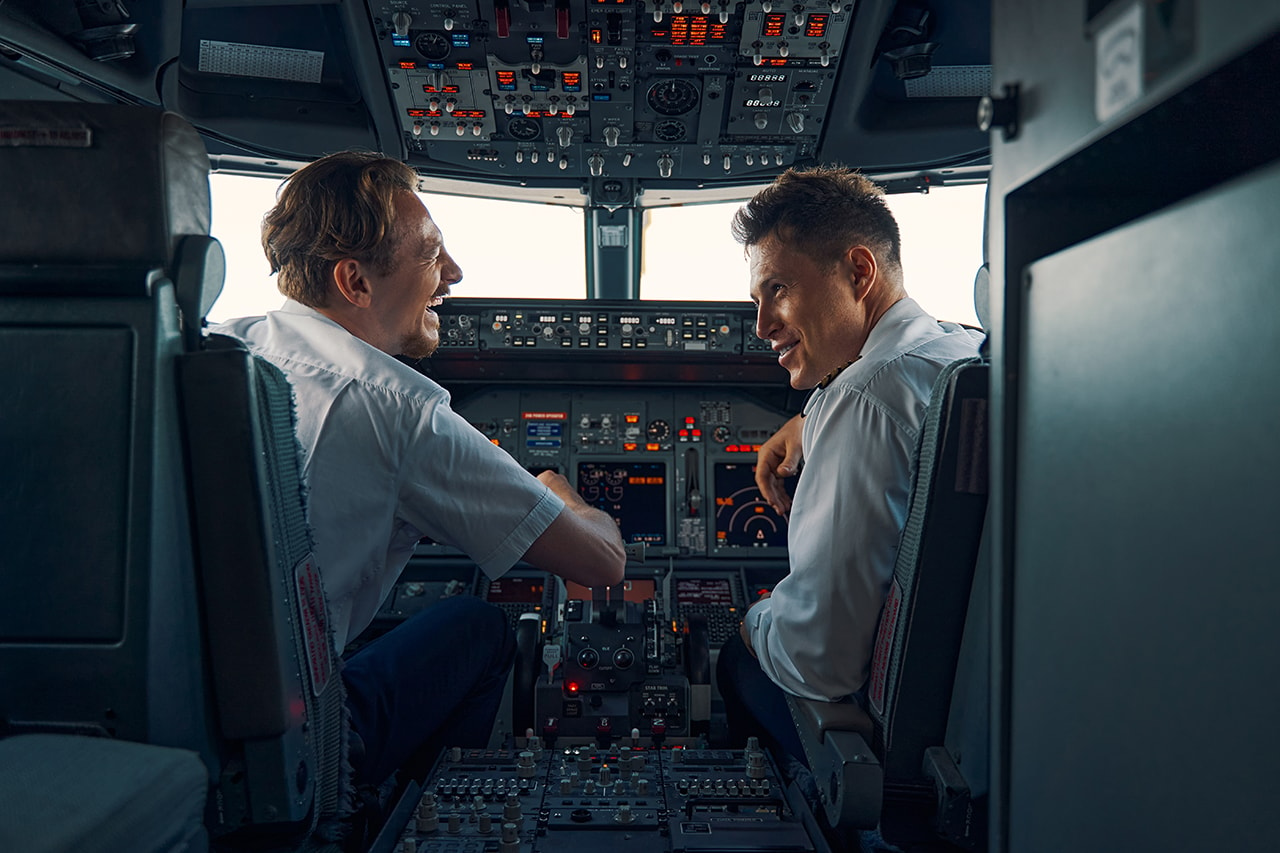
Pilot salaries can vary greatly, depending on the airline and the pilot’s experience. Between 2016 and 2023, the median pilot salary increased from around $127,820 to $219,140 due to industry demand and competition.
Pilots for major airlines make more. Captains at regional airlines make between $11,000 and $15,000 a month. Cargo pilot salaries are also affected.
Piedmont Airlines starting first officers get paid $96,000 a year. Charter pilots in the US average around $75,000 a year. To illustrate earning potential in this career: A 3-year tenured American Airlines 777 first officer made around $198 an hour in 2022.
For those curious about how much does a Spirit Airlines pilot make, salaries are competitive, with experienced pilots earning significant income based on their role and tenure.
In sectors like courier services and express delivery services, pilots can earn over $239,200 a year. At Southwest Airlines, a top performing pilot can make around $590 a year. So lots of high income and great benefits in this career.
Additional Earnings and Benefits
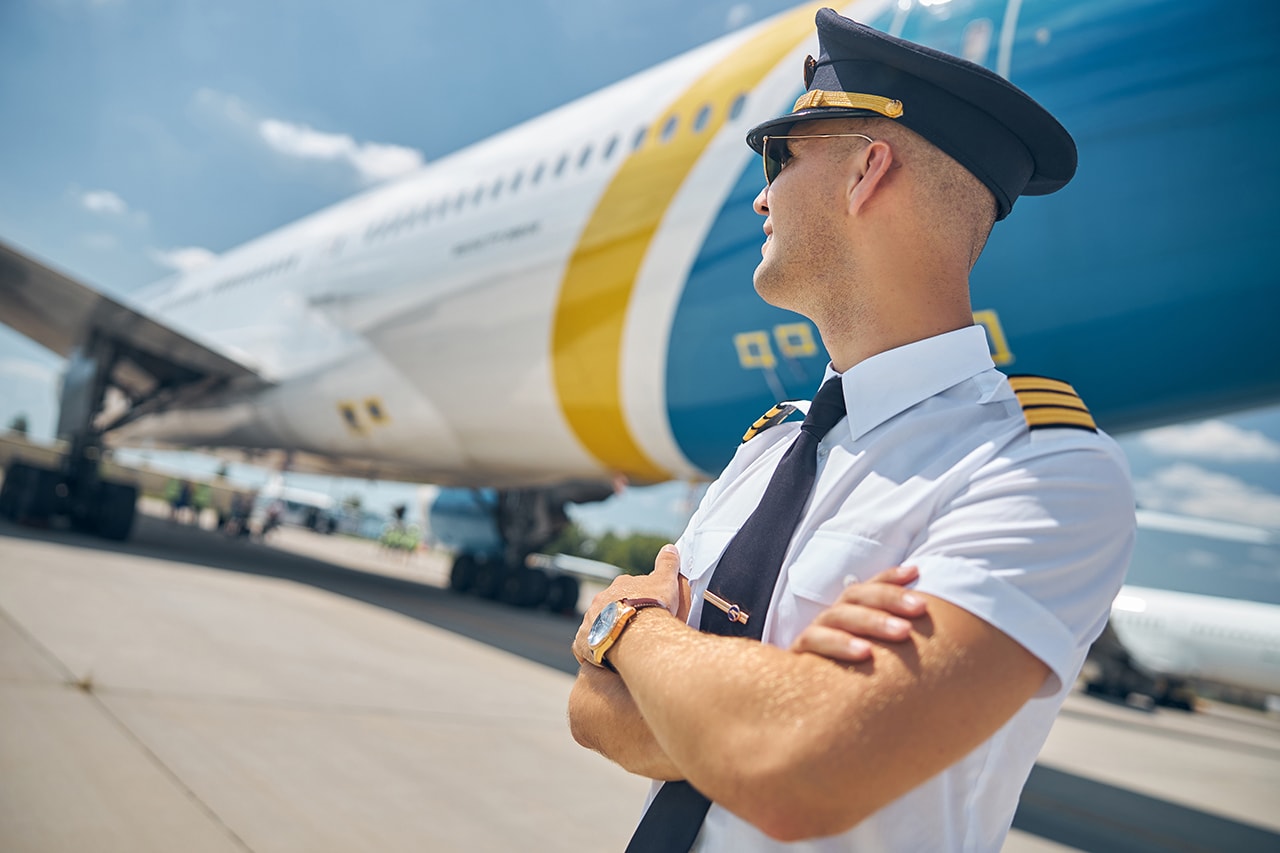
Airline pilots get extra pay and benefits on top of their base pay. They get per diem pay to cover travel expenses which often exceeds the actual cost. To attract new pilots some airlines offer sign on bonuses over $100,000.
To increase a pilot’s pay many carriers offer profit sharing tied to company performance. Pilots can make a lot of extra money through overtime pay which is 1 to 3 times their hourly rate. Add to that comprehensive benefits packages with health and retirement.
To financial incentives pilots also get perks such as free seats on flights when available – an added bonus to their overall package.
Career Progression and Salary Growth
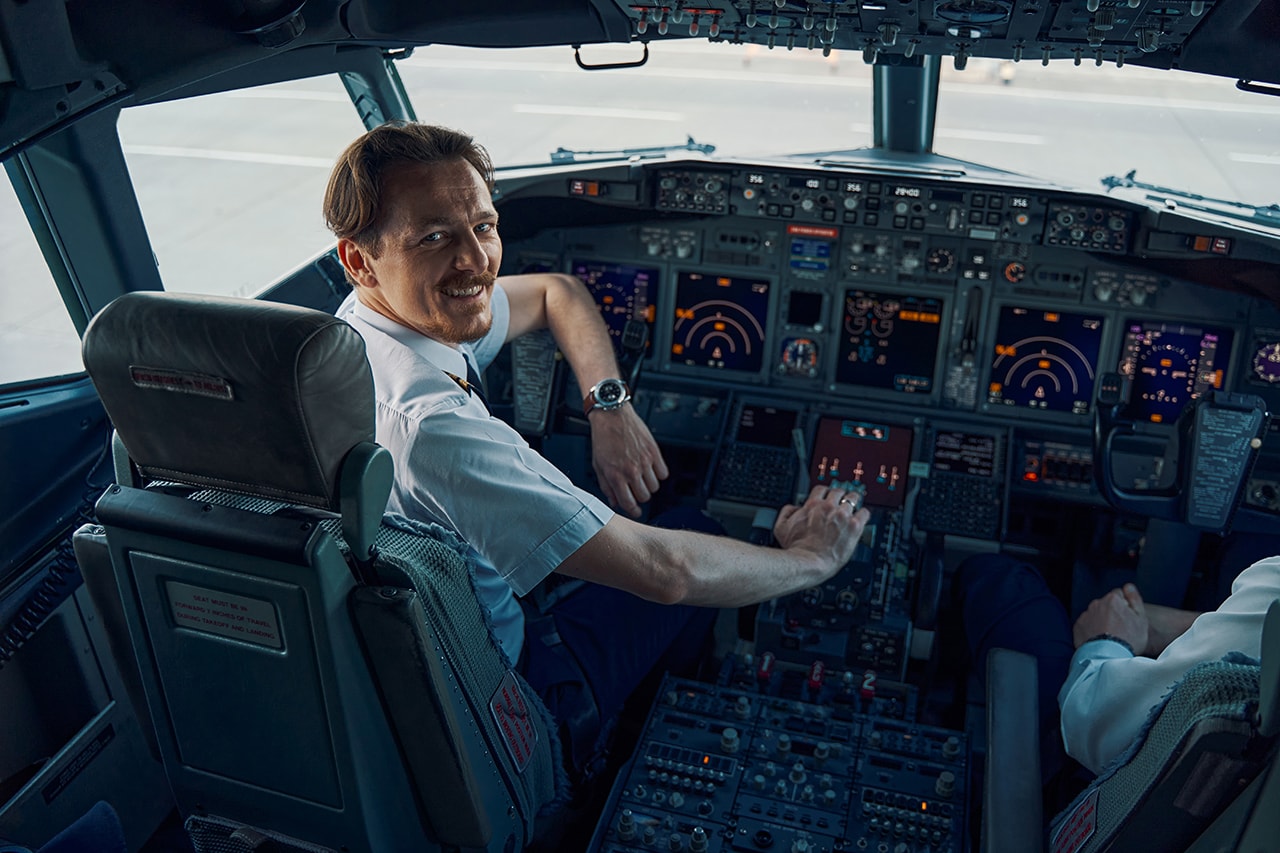
The path to advancing a pilot career has big pay bumps as pilots gain experience and move up the ranks. At Delta Air Lines for example, salaries can go from $110,000 for First Officers to over $300,000 for Captains in a few years.
Similarly, UPS captain salary reflects a similar trend of high compensation for experienced pilots. As of May 2023, the median annual salary for airline pilots was $219,140, and the average was $257,840.
Becoming an airline captain is a multi-year process that requires a lot of training and flight hours. The journey from being a First Officer to Captain typically takes 4 to 12 years. Entry level salaries at regional airlines are $50,000 to $100,000. Union influence and high demand have played a role in increasing pay and benefits for pilots.
Salaries grow big time when pilots move from regional airlines to majors because of their experience and seniority a combo that matters most in determining the compensation package and that means more money for long-time professionals in this field.
International Comparisons
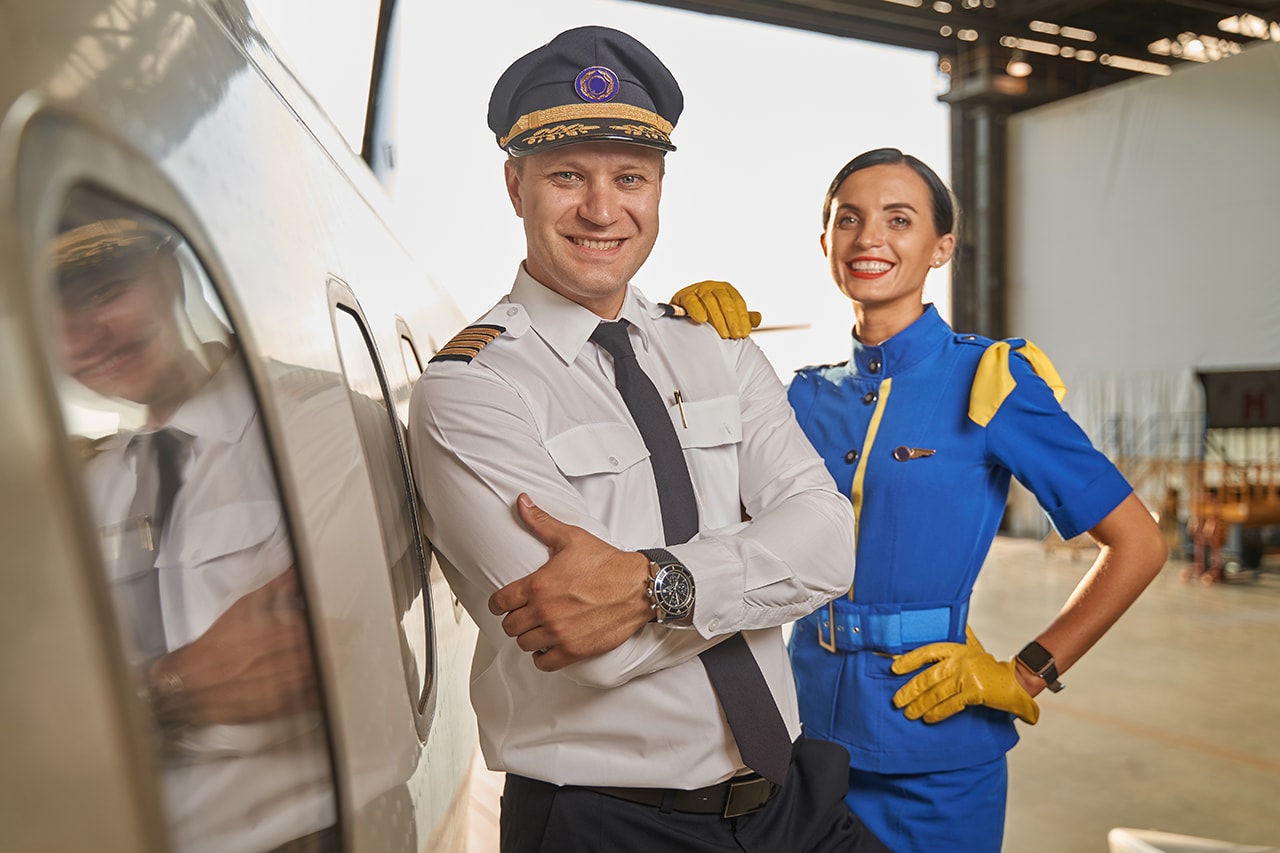
Pilot salaries vary big time across the globe. Here’s a few examples:
-
In the US, airline pilots earn around $174,870 a year.
-
Major airlines in Canada pay $150,000 a year.
-
In Europe, pilots earn around €84,000 a year.
-
For example, Lufthansa pilots average $141,000.
In Asia, pilots earn around $100,000 a year. In the Middle East, countries like the UAE, Qatar and Saudi Arabia offer the highest salaries, often $200,000 to $300,000 a year. Emirates Airlines pilots can earn $180,000 to $320,000, plus $50,000 for housing (because a pilot’s salary is a competitive one).
In South America, airline pilots earn around $70,000 a year, and in Africa, around $50,000. In Scandinavian countries, airline pilots can earn up to €120,000 a year. These international comparisons are a good reminder of the big differences in pilot salaries around the world.
Summary
Airline pilots get paid big, that’s because of the intense training they go through, strict health standards they have to meet and the weight of responsibility they carry.
The demand for skilled pilots in the competitive aviation industry increases their pay. Pilots get extra income opportunities and perks that makes this career very lucrative.
In the end, the big pay that comes with piloting acknowledges the commitment and skills needed to succeed in aviation. Even with the challenges along the way, good prospects for career growth and salary increases makes it a great choice for those who loves to fly.
Frequently Asked Questions
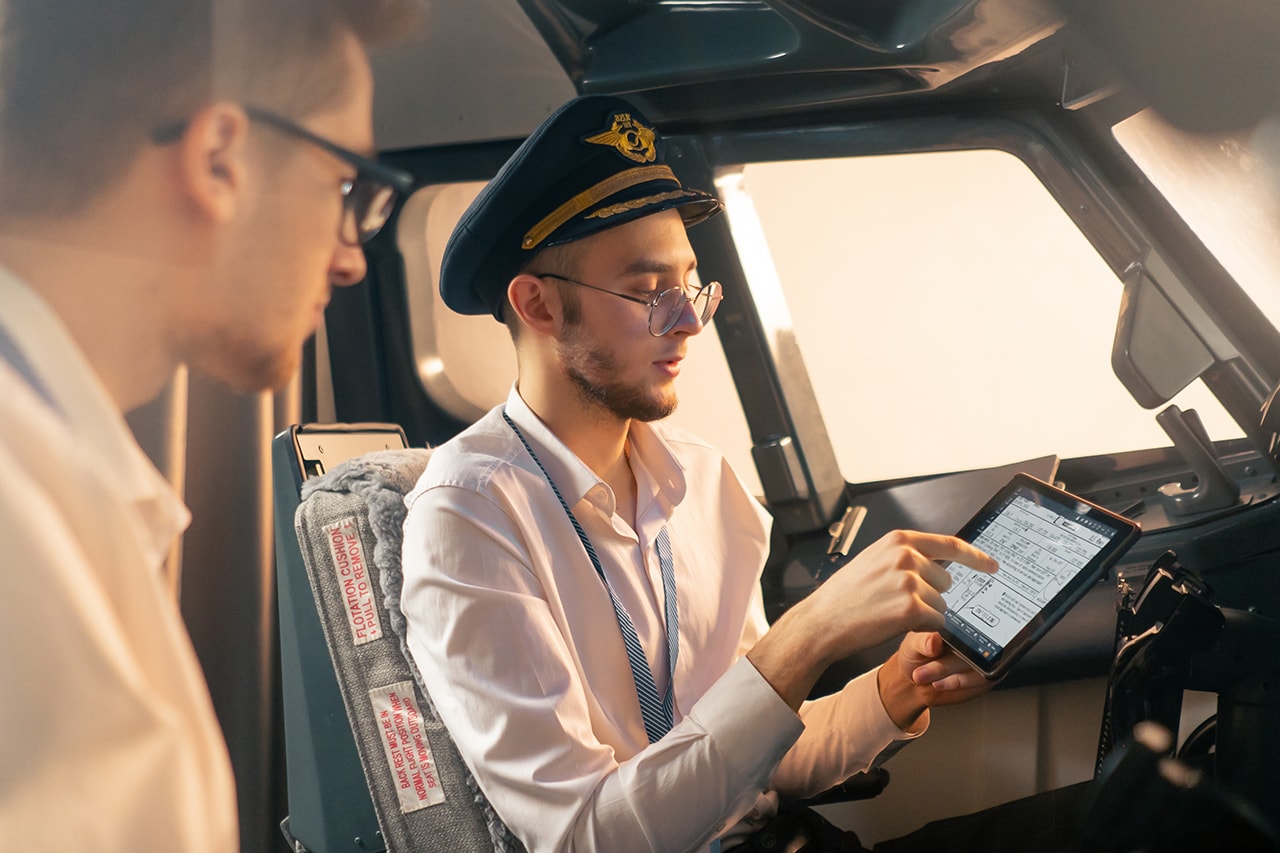
Why is there such a high demand for pilots?
There is high demand for pilots because of increase in airline passengers, more pilots retiring and expansion of airline fleets and routes. Aviation career now is a great opportunity!
How much does it cost to become a commercial airline pilot?
Becoming a commercial airline pilot can cost over $116,000, but the investment can lead to an exciting and rewarding career in aviation.
Take the leap; your dreams of flying are within reach!
What are the physical and mental health requirements for pilots?
To become a pilot, you need to pass rigorous physical and mental health evaluations, including vision, hearing, and cardiovascular checks, to ensure you’re fit for the skies.
Prioritizing your health is essential stay fit and mentally sharp to soar to new heights!
How does pilot salary growth progress over time?
Pilot salary growth is impressive, often increasing from around $110,000 as a First Officer to over $300,000 as a Captain within a few years.
Embrace the journey, as it takes just 4 to 12 years to reach that rewarding milestone!
What are some of the additional earnings and benefits pilots receive?
Pilots get extra earnings and benefits including per diem allowances, sign on bonuses, profit sharing and overtime pay, plus great health and retirement plans.
And get to travel perks, so their career is not just rewarding but also full of opportunities!
